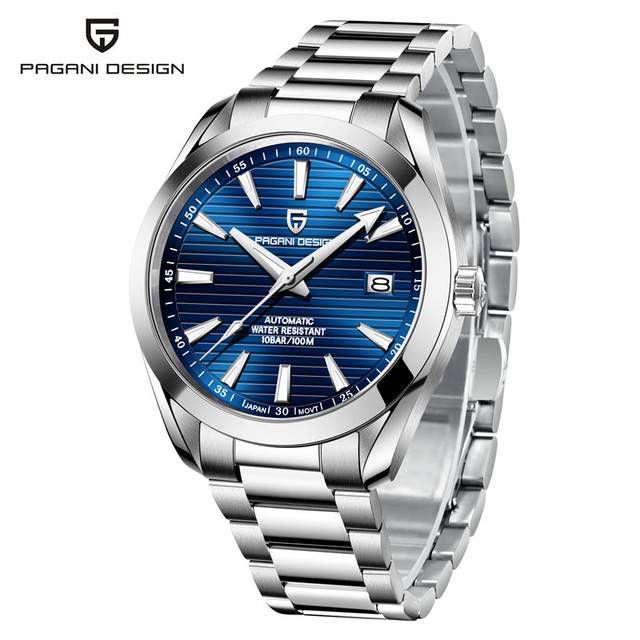History of Making Watches

Dear Valued Customers
It’s good to note that watches first appeared in Europe in the 15th century, evolving from the portable spring-driven clocks. It was not widely worn in pockets until the 17th century. One account says that the word “watch” came from the Old English word woecce which meant “watchman”, because it was used by town watchmen to keep track of their shifts at work. Another says that the term came from 17th century sailors, who used the new mechanisms to time the length of their shipboard watches (duty shifts).
In the Journal of Sçavants of 25 February 1675, Christiaan Huygens drew one of his first balance springs, attached to a balance wheel. The application of the spiral balance spring (spiral hairspring) for watches ushered a new era of accuracy for portable timekeepers, similar to that which the pendulum had introduced for clocks.
A great leap forward in accuracy occurred later on with the addition of the balance spring to the balance wheel, an invention disputed both at that time and ever since between Robert Hooke and Christiaan Huygens. In fact, this innovation increased watches’ accuracy enormously, reducing error from perhaps several hours per day to 10 minutes per day, resulting in the addition of the minute hand to the face from around 1680 in Britain and 1700 in France.
The increased accuracy of the balance wheel focused attention on errors caused by other parts of the movement, igniting a two-century wave of watchmaking innovation. The first thing that was improved was the escapement. The verge escapement was replaced in quality watches by the cylinder escapement, invented by Thomas Tompion in 1695 and further developed by George Graham in the 1720s. Improvements in manufacturing such as the tooth-cutting machine devised by Robert Hooke allowed some increase in the volume of watch production, although finishing and assembling was still done by hand until well into the 19th century.
A major factor of error in the balance wheel timepieces, caused by changes in elasticity of the balance spring from temperature changes, was solved by the bimetallic temperature compensated balance wheel invented in 1765 by Pierre Le Roy and improved by Thomas Earnshaw. The lever escapement was the single most important technological breakthrough, and was invented by Thomas Mudge in 1759 and improved by Josiah Emery in 1785, although it only gradually came into use from about 1800 onward, mainly in Britain.
The British had predominated in watch manufacture for much of the 17th and 18th centuries, but maintained a system of production that was geared towards high-quality products for the elite. Although there was an attempt to modernize clock manufacture with mass production techniques and the application of duplicating tools and machinery by the British Watch Company in 1843, it was in the United States that this system took off. Aaron Lufkin Dennison started a factory in 1851 in Massachusetts that used interchangeable parts and by 1861 it was running a successful enterprise incorporated as the Waltham Watch Company.
JTU


















Leave a comment